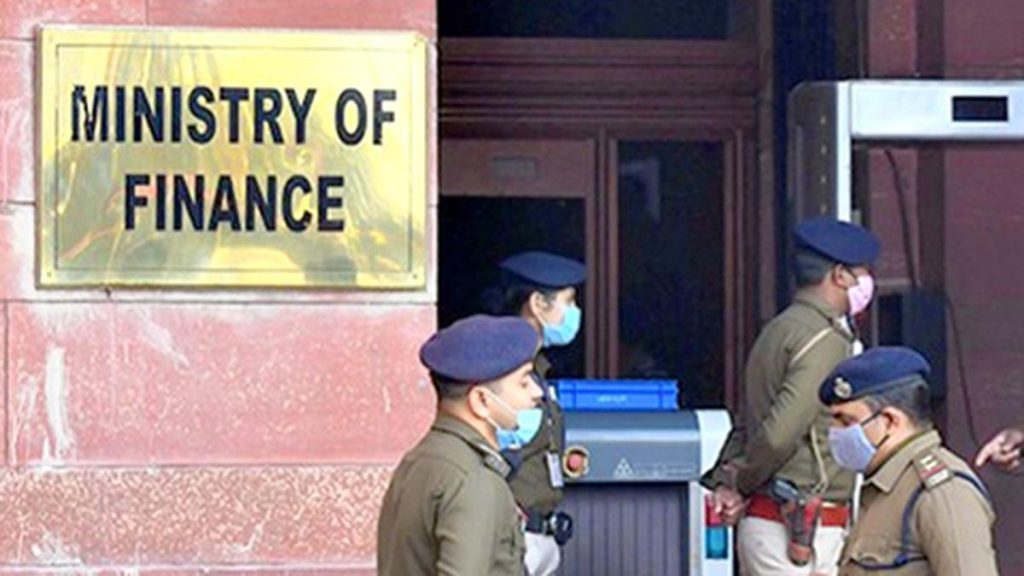Now Reading: Who Is Patrick Joseph White, the Georgia Gunman Behind the Double Killing?
-
01
Who Is Patrick Joseph White, the Georgia Gunman Behind the Double Killing?
Who Is Patrick Joseph White, the Georgia Gunman Behind the Double Killing?

Speedy Summary
- A shooting occurred near Emory University, outside the CDC headquarters in Atlanta, Georgia, on Friday evening.
- Two people died, including 33-year-old police officer David Rose from DeKalb County police. The suspected gunman was identified as Patrick Joseph White (30) from Kennesaw, Georgia.
- The shooter was found dead inside a nearby building; authorities are unclear whether his death was due to police gunfire or suicide. Four firearms were recovered at the scene.
- no CDC employees or visitors were harmed; several CDC buildings sustained damage due to bullets.
- Emory university issued an active shooter alert during the incident. Shelter-in-place orders were later lifted after 6:30 p.m.
- witnesses described hearing rapid gunfire that sounded like fireworks, causing panic and evacuation around the area of Emory Point CVS and nearby businesses.
- The motive for the attack remains unknown; investigations led by law enforcement agencies including the FBI and Georgia Bureau of Inquiry are ongoing.
- As a security measure, CDC staff will work remotely Monday while assessments take place.
Indian Opinion Analysis
This tragic incident underscores emerging security challenges faced by institutions in highly populated urban centers such as Atlanta. With attacks affecting vital organizations like the Centers for Disease Control and Prevention (CDC),it raises questions about local preparedness against threats near critical facilities. While swift coordination between multi-agency law enforcement prevented further harm to civilians adjacent to academic institutions such as Emory University, incidents like these highlight gaps in early warning mechanisms amid densely packed areas.
India can draw relevant lessons from this episode when considering its own urban planning strategies concerning high-security zones housing critical infrastructure-such as research laboratories or defense headquarters situated close to civilian neighborhoods. Dedicated buffer zones or strict access protocols might help mitigate disruptions during emergencies. As law enforcement continues its investigation into motive patterns behind random violence across public spaces globally, this case serves as another reminder of balancing safety with accessibility around essential services.

























